
Telescope: Meade SN10 at f/4, Orion Atlas EQ-G
Camera: QHY 268c, Mode 0, Gain 30, Offset 30, -10C
Filter: 2” Radian Triad Ultra Hb, OIII, Ha, SII filter
Guide scope: Williams Optics 50mm, ASI290MM mini, PHD
Exposure: 32x300sec, saved as RAW16/FITS
Darks: 32×300 sec
Flats: 64×2 sec, tee shirt flats taken at dusk
Average Light Pollution: Red zone, fair transparency, moonlight
Lensed Sky Quality Meter: 18.5 mag/arc-sec^2
Stacking: Mean with a 1-sigma clip.
White Balance: Nebulosity Automatic
Software: SharpCap Pro, Nebulosity, Deep Sky Stacker, Photoshop
This image shows the giant spiral galaxy M33 as viewed through a Triad Ultra narrowband filter. This filter suppresses the light from broadband sources like stars and reflection nebula while passing the light from narrowband sources such as planetary and emission nebula. In this image the stars of M33 are dimmed while the soft glow of emission nebula are highlighted. These are principally star formation regions sprinkled along the spiral arms. Several of the larger and brighter regions can be seen visually and even have their own NGC and IC numbers such as NGC 604 to the upper left. It’s sooo neat observing deepsky objects within a nearby galaxy!
M33 is currently rising in the southeast at dusk. (Photo credit: John Graham, 10-4-2022)
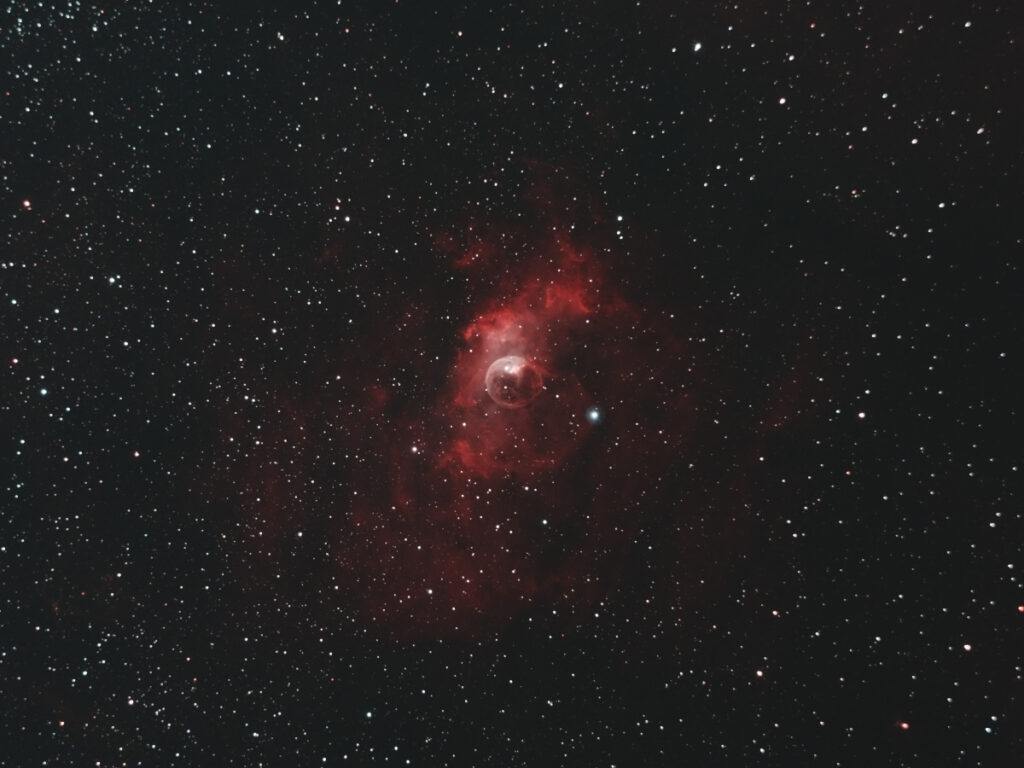
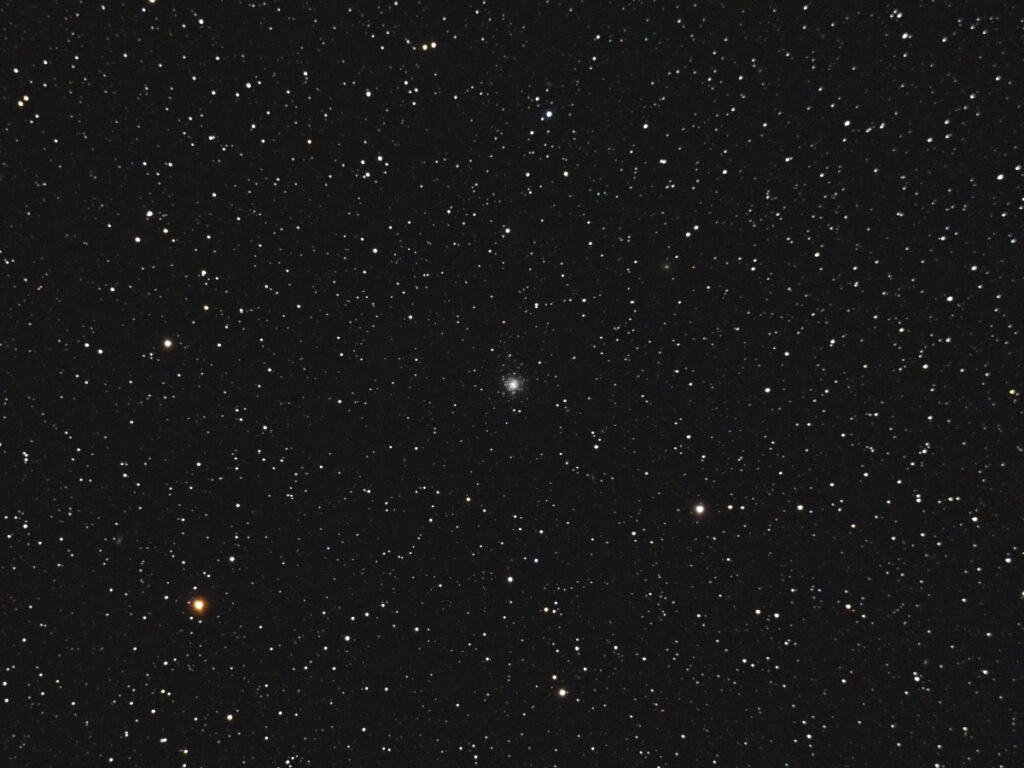
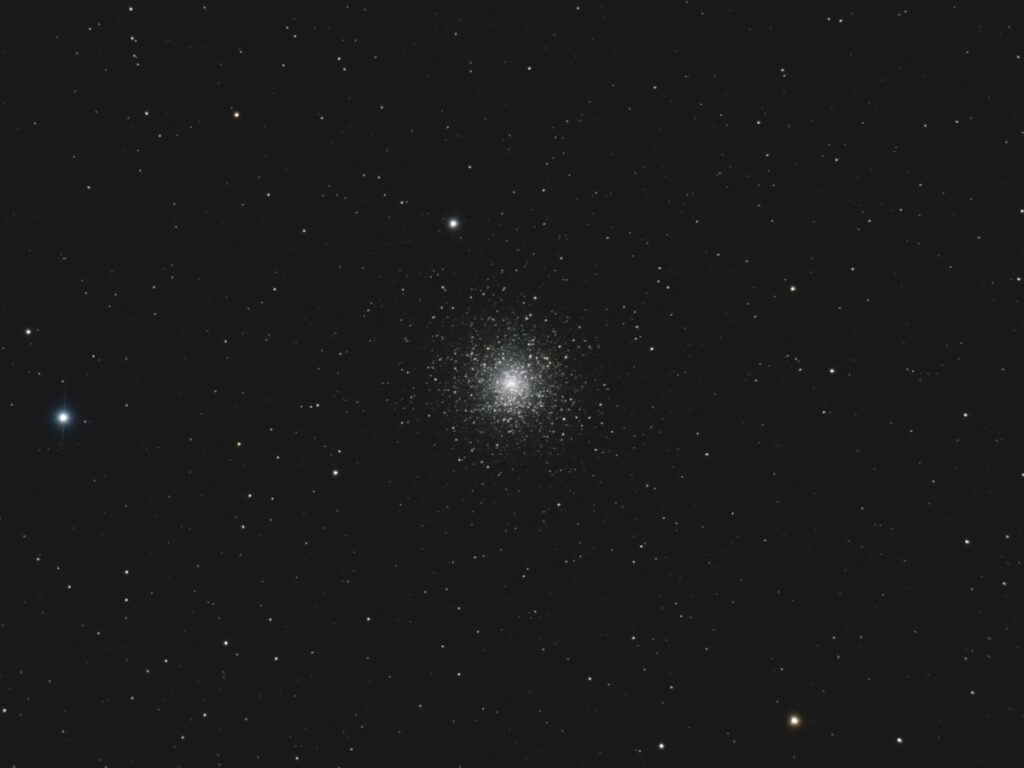
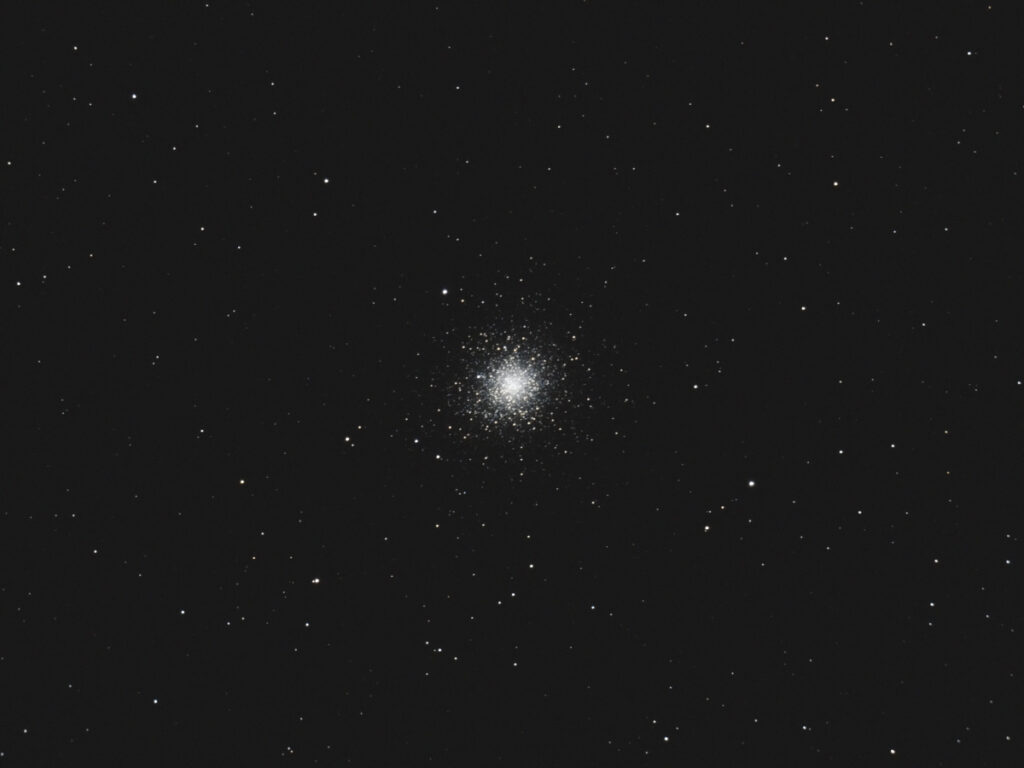
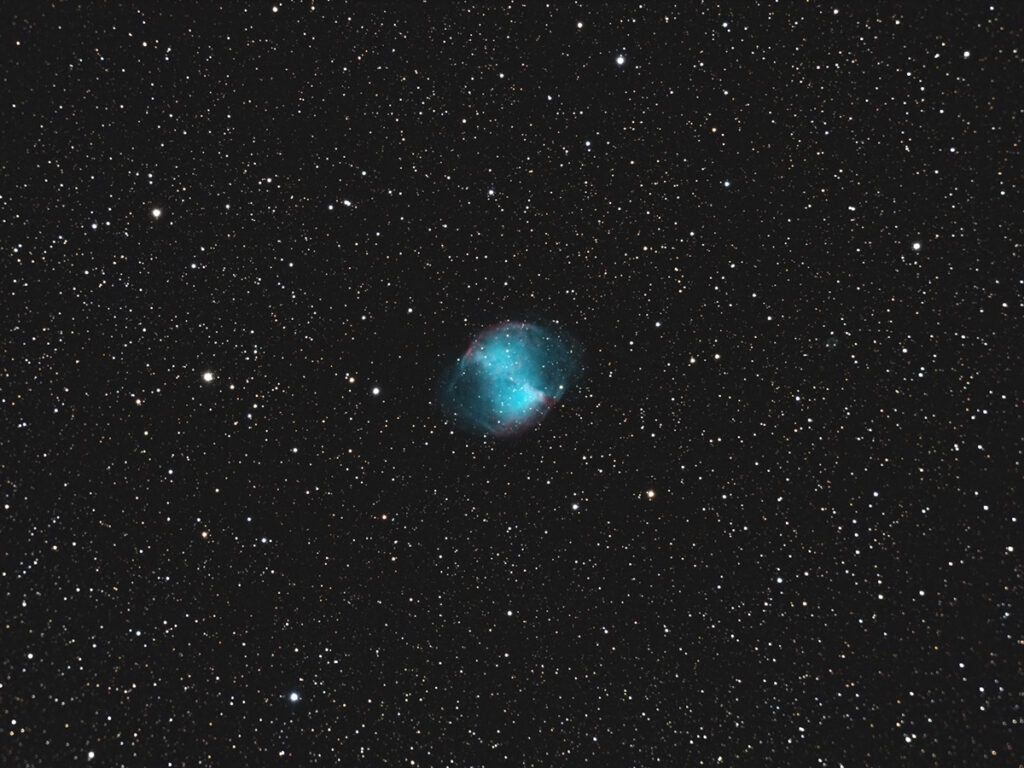
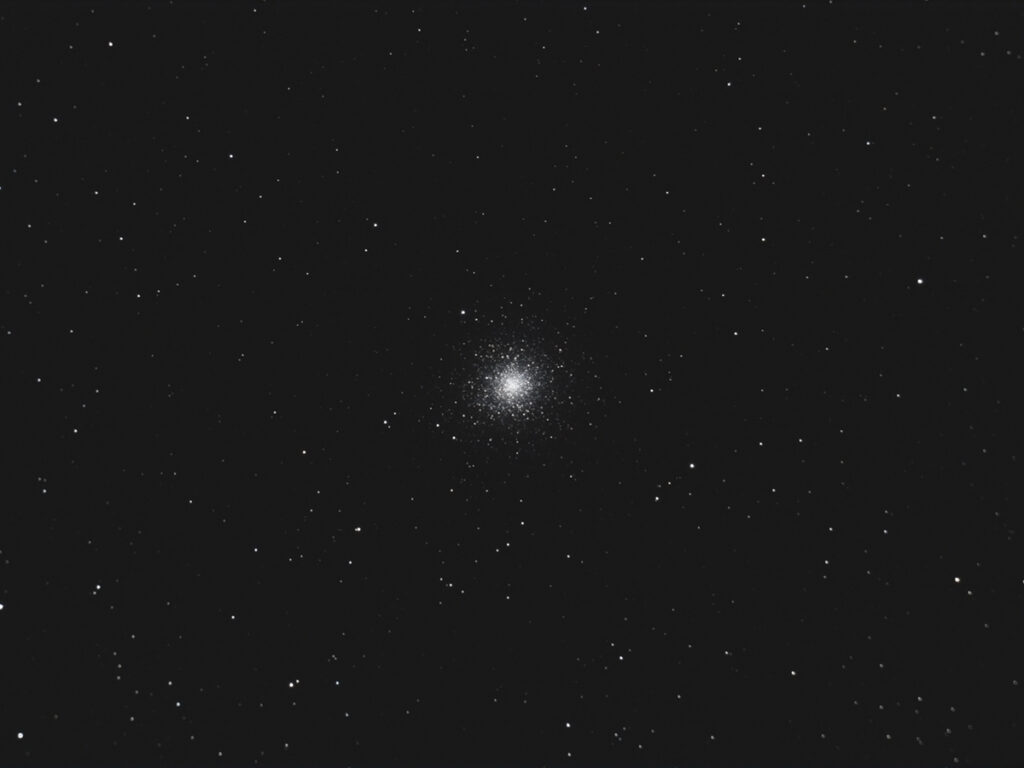
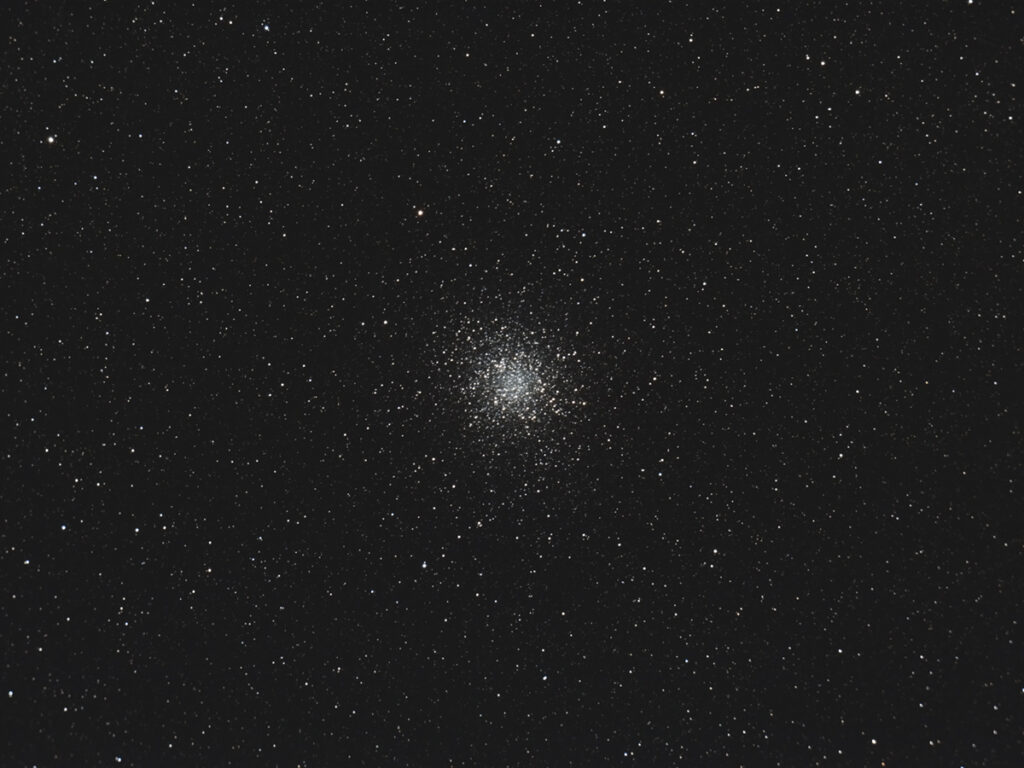
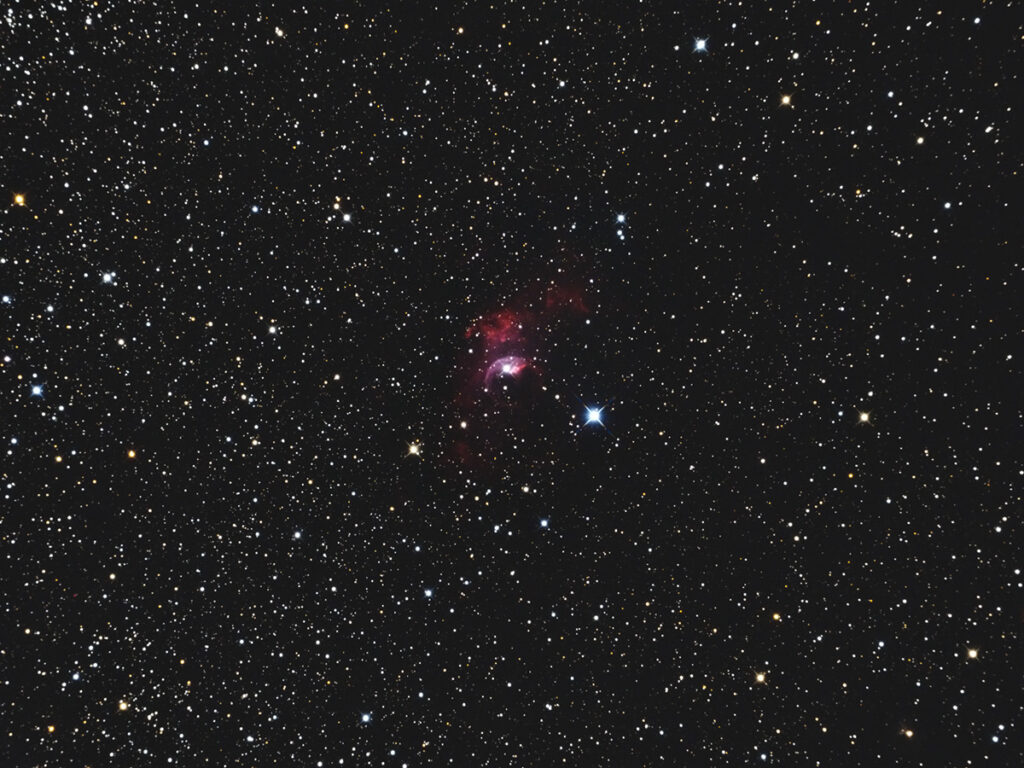
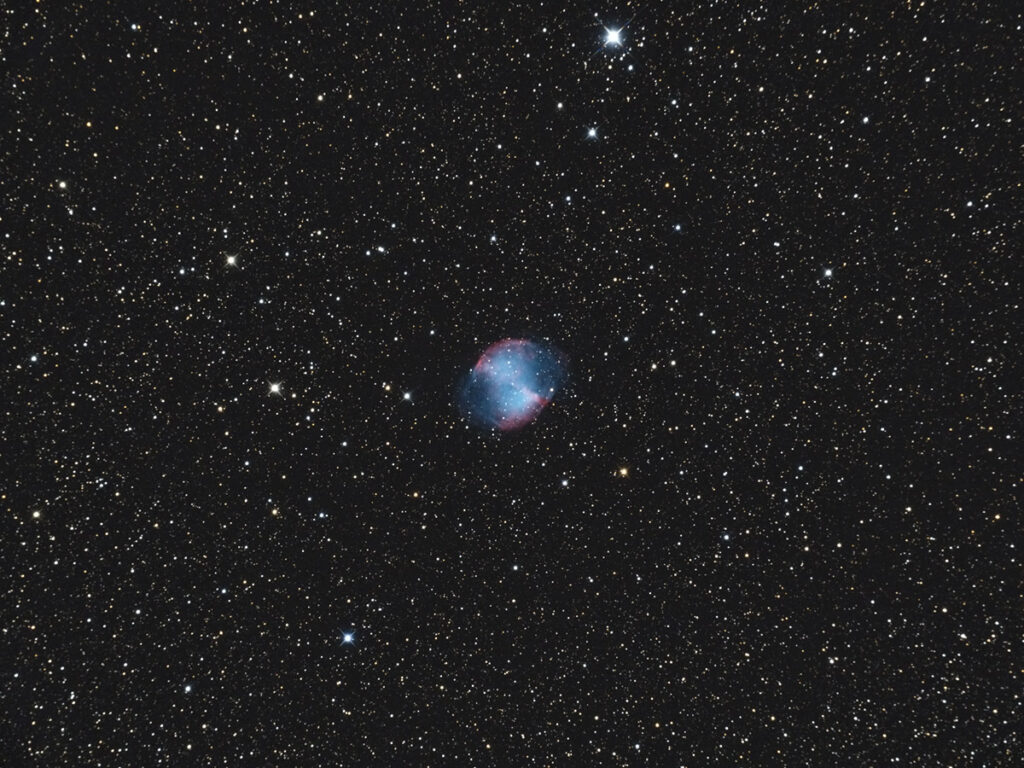
Recent Comments